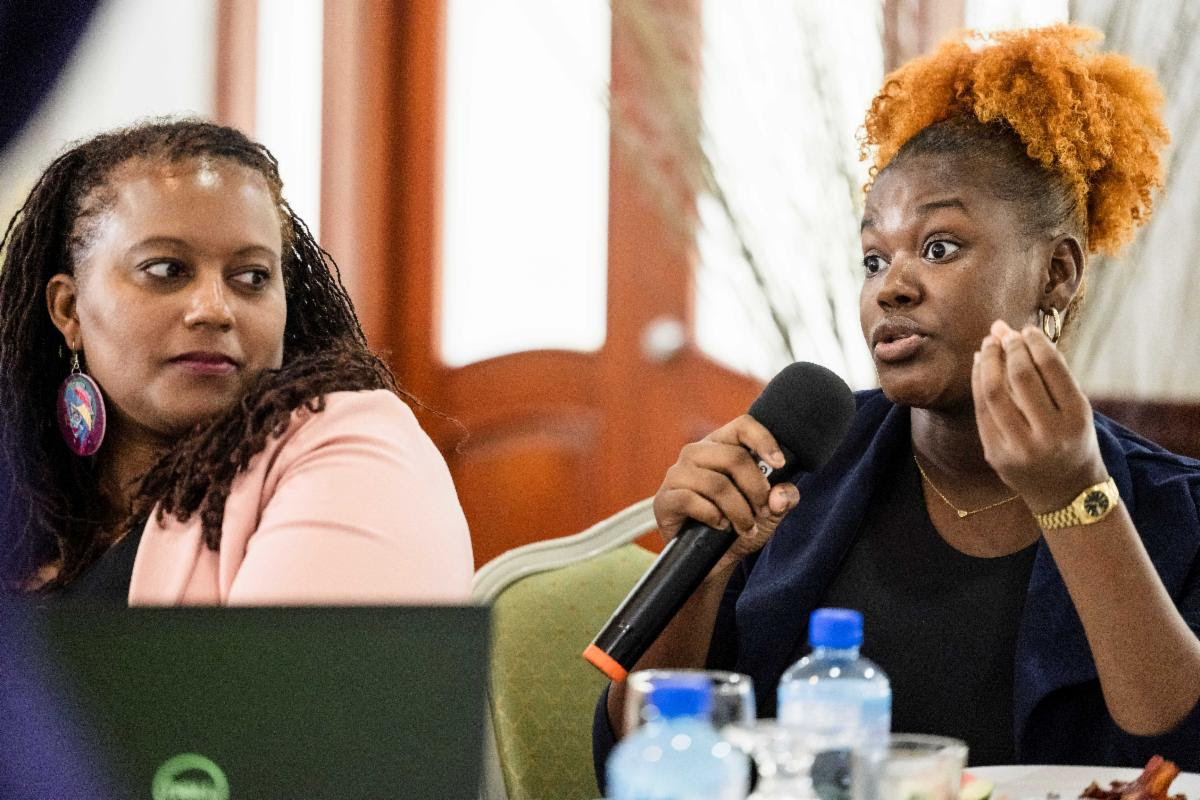There are now more than a million invasive green iguanas on Grand Cayman, with culling efforts so far proving futile.
A government-funded cull yielded 17,200 iguanas in the past six months, through to the end of Oct., with one more month to go. But environment officials have warned this is not enough to keep up with the rate of population growth.
A Department of Environment annual survey conducted in August showed a population increase of nearly 200,000 in the past year.
Fred Burton, head of the DoE’s Terrestrial Resources Unit, estimated at least 500,000 iguanas will have to be culled next year to have any meaningful impact on the iguana population.
The DoE was allocated $1.1 million per year in government’s two-year budget plan to deal with iguana control.
But questions have been raised over whether that will be enough to make a dent in the problem.
Gina Ebanks-Petrie, speaking at a Conservation Council meeting before the budget announcement, said the department had asked for double the allocation that was given.
Based on the $3-a-head bounty currently offered to cullers, $1.1 million would be enough to cull 366,000 iguanas per year, before any administrative costs are considered.
Statistics from the Department of Environment’s annual population monitoring suggest that may not be sufficient.
Between 2014 and 2017, the estimated green iguana population in Grand Cayman swelled from 254,162 to 1,060,687.
Burton said efforts to control the growth of the invasive species through culling had so far proved ineffective.
A pilot programme, operating since May this year, offered registered hunters $3 a head to cull iguanas. Efforts to encourage wider community involvement through a raffle were quickly discarded because of lack of interest.
Burton said 70 cullers had been registered but only 20 were active, with two operating full time.
Burton said various test culls over the past two years had demonstrated that $3 per iguana was the minimum price to attract any meaningful take-up from hunters. He said a two-week test cull in 2016 with a $5-a-head bounty had generated significant interest, but he believes this is unsustainable over a longer period of time because most cullers had other jobs to go to.
“My own feeling from this is that the appropriate human resources needed to do the job are not available on the scale necessary, at the moment, and will need to be substantially developed somehow,” he added.
The plan going forward is still in development as the DoE assesses its budget and looks at options.
Burton warned it will take a major national effort to bring the population under control.
“Depending on how ‘good’ the breeding season is for the greens next year, the cull target to start effective control must be between half a million and a million. To be sure of a result, it should be at the top end of that range. Anything less than the reproductive increase for the year would be a control failure, and the population would increase again.”




